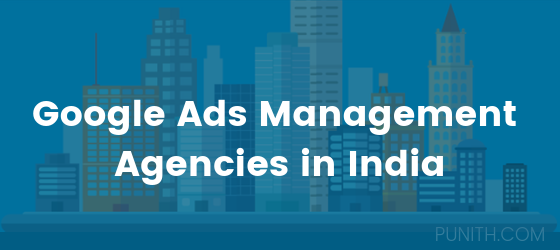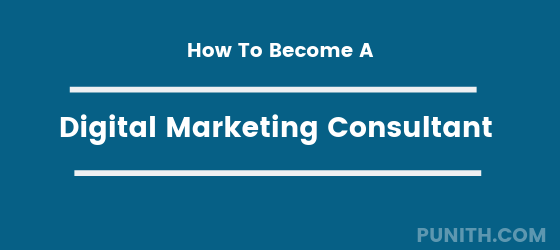When I was a child visiting my grandparents during summer vacation, there was no such thing as going internet. Internet advertising was something that had not even been imagined. Back then, one of my grandmother’s weekly rituals was to go through every advertising circular in the Sunday paper. If she or my grandfather needed a service not listed there, a carpet cleaner, for example, they had to use the yellow pages section of the phone book. If someone had told them that thirty years later, free internet advertising would be common, they would never have believed it. How could they, when to them, a computer was something in a big room at NASA?
What Is Internet Advertising
Whether you pay for it, or get it for free, internet advertising is many steps beyond those old circulars, and the internet hasn’t just usurped the position of the yellow pages, but encompassed them, providing many interactive phone directories, with links to company web pages, and pop-up maps to help customers find locations.
While the definition seems obvious – “any sort of advertising found internet” – the reality is that there are many forms: email messages sent in bulk, banner ads on an internet web site, advertising links that come up as “sponsored sites” in search engines, and even less obvious types like viral video campaigns which have no product even mentioned.
Of course, as with anything, the effectiveness of internet advertising is subjective, and heavily dependent on product and placement. After all, the best product in the world will never sell if it’s marketed to the wrong people, and the most prominent ads won’t help sell something no one wants.
Ways to Advertise your Product or Service Internet
Within fifteen minutes of going internet, internet advertising will probably appear on your computer screen in some form. Recognizing the commercial and free internet advertising forms will help you distinguish which methods will be most advantageous to you. Here is a brief explanation of the most common forms:
Email Marketing
Referred to derisively as “spam” (which is a reference itself to an old Monty Python sketch), email marketing consists of both targeted and bulk email messages, sent to your inbox. Often, after surfing an internet web site, advertising information relevant to that site will appear in your email. Usually, this is because you filled in a form, perhaps to register for something free. Other times, email will originate from companies whose products you already use, your address gleaned from warranty cards or subscription information. Large parent companies sometimes sell their database of names and addresses, even email addresses, to advertising companies.
Such email often comes with options to “opt in” or “opt out.” Opt-in email generally consists of a single message, asking you to confirm that you wish to continue receiving information. Opt-out email marketing is a little more intrusive – it will keep arriving unless you follow specific “unsubscribe” instructions.
While email can be effective – after all, it goes directly into a customer’s inbox – fear of virus attachments often causes users to delete or filter anything from an address they don’t recognize. This fear has been increased by those people who send email indiscriminately.
Search Engine Marketing
Marketing via search engine can be a form of free internet advertising, and involves either luck of the draw results when users search for specific terms, or weighted results, often referred to as sponsored results, which come from placement guarantees that are purchased from search engine providers, like Google and Yahoo.
Organic results, the free kind, are based on keywords found within the text of internet web sites. Advertising experts who want their sites to come up at the top of search result lists often use search engine optimization – finding specific keywords and peppering their copy with them – to make their placement more favorable.
Inorganic results are not free. They are the direct result of buying placement from the search engine company itself. Statistics on various internet advertising-related websites show that more users click on organic (unsponsored) links than on sponsored links, however, so this is a case where the effectiveness of internet advertising is extremely variable.
Text Links and Banner Ads
Banner ads and text links are two of the oldest advertising methods internet. Internet advertising using these methods uses either a 468 x 60 pixel (usually, some are smaller or larger) graphical advertisement, or a text-only advertisement, either of which are also hyperlinks to the website for the company or product they refer.
Because these ads are so prevalent, they have led to a phenomenon called “banner blindness,” which is really just a catchy way of saying that most users ignore them, largely unconsciously, although some use ad-blockers and pop-up blockers, or surf websites with all graphics turned off. Additionally, some banner ads fail to show up at all, because of slow ad servers.
Pay For Perfomance
The most expensive category of internet advertising is “pay for performance,” which encompasses several specific versions, all of which involve some form of graphic or text ad, and money. The three most common forms of pay for performance internet internet advertising are a sort of alphabet soup of abbreviations: CPC, CPM, and CPA. Following is a brief explanation of each.
- CPC isn’t really it’s own form of marketing, but instead it’s an abbreviation for “Cost Per Click..” While it’s sometimes used interchangeably with PPC (“Pay Per Click”) , they are really distinct terms. PPC refers to payments based on click-throughs, while CPC refers to the measurement of cost on a per-click basis.
- CPM stands for “Cost Per Thousand Impressions” (Remember that M is the Roman numeral for 1,000.) and is based on the number of times an ad is shown on a search page,. Unlike other forms of pay for performance advertising, there is no required activity linked to the impression. No click-throughs are counted.
- CPA stands for “Cost Per Action,” and refers to specific actions or results which must occur, generally sales and registration. This is distinct from those advertising deals based solely on clicks.
Affiliate Marketing
The sharing of profit or revenue between advertiser and customer is a key element of affiliate marketing. This is most often used by internet merchants like Amazon.com, which has one of the largest networks of affiliates. I’s benefits include decreased risk – it’s the affiliates who do much of the actual advertising, and saves money – only actual sales are rewarded.
Beyond the Banner – Other Techniques for Internet Advertising
With improvement in the technology available to share content on internet websites, advertising has grown beyond the banner. Viral ad campaigns involving multimedia presentations, like movies found on user-supported sites such as YouTube, often not pertaining to a specific product, hook views with humor or risqué content, then, when critical mass is reached, offer follow-up films or websites with product placement and more overt advertising.
Whatever the technique chosen, free internet advertising is still available, and may be just as effective as spending large sums of money. Perhaps the best method of pushing your product or service is to combine methods. Just as with the circulars and phone books of the old days.



![All You Need To Know About AMP [Accelerated Mobile Pages]](https://www.punith.com/wp-content/uploads/2018/08/amp.jpg)
0 Comments